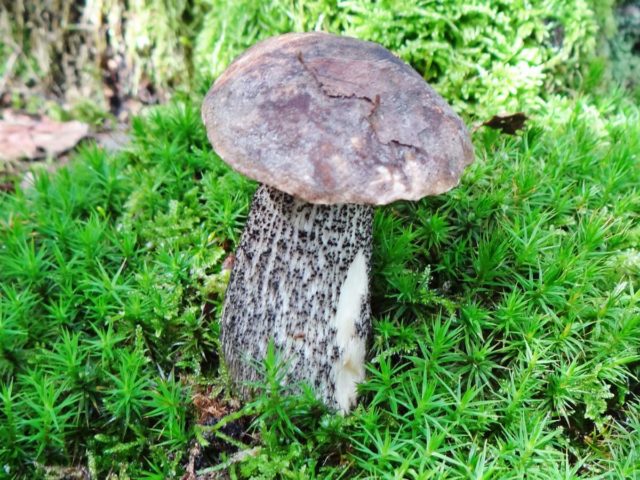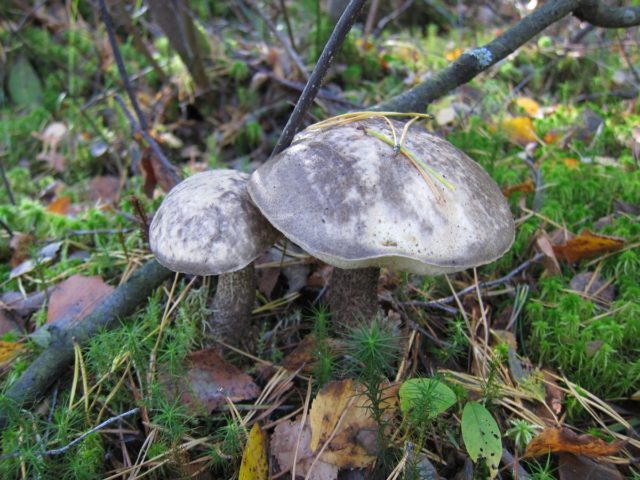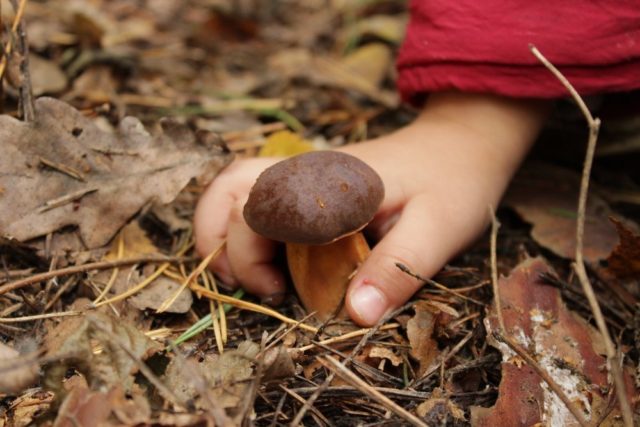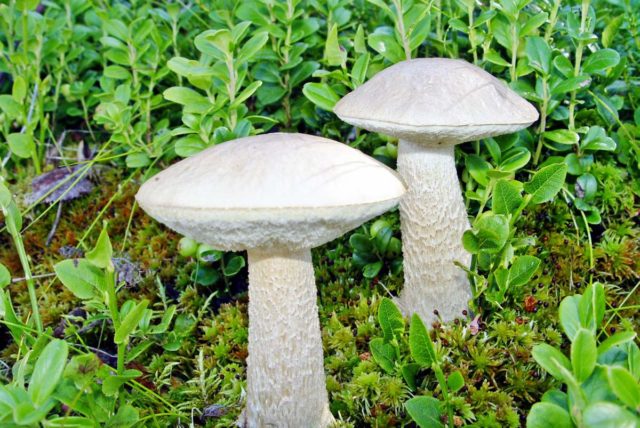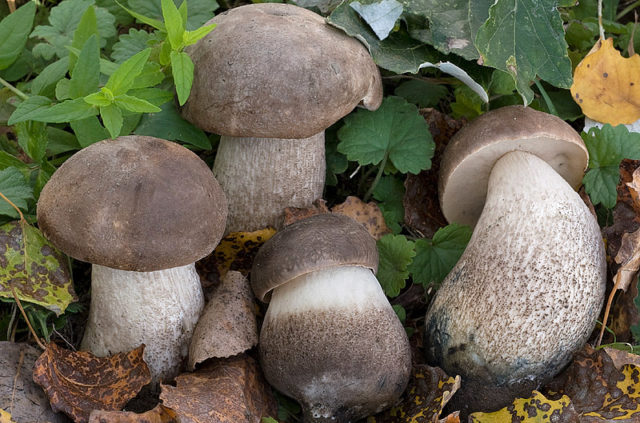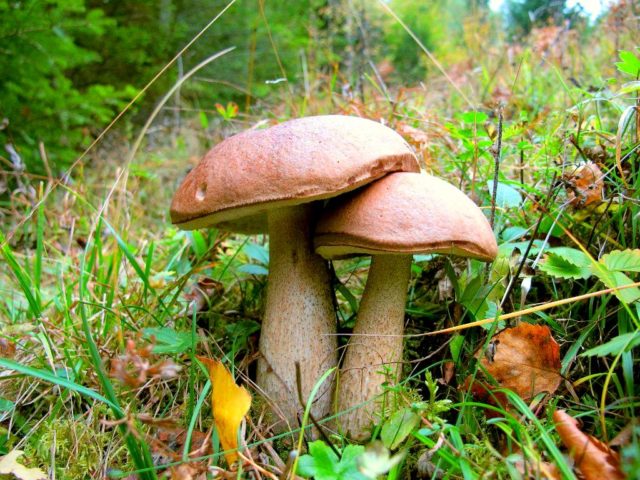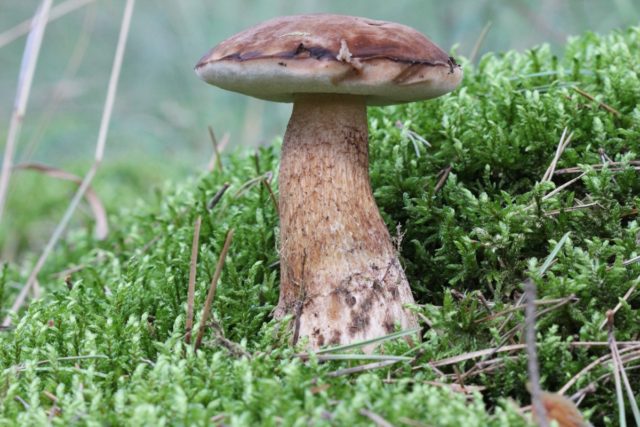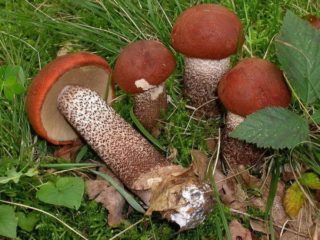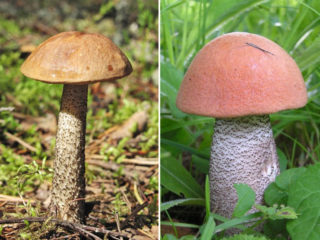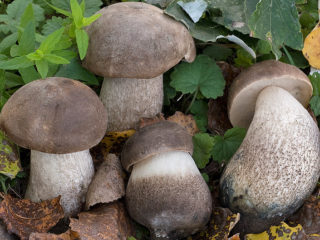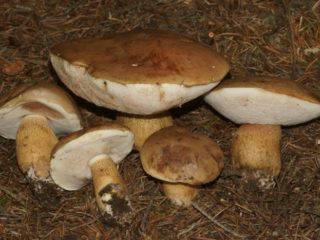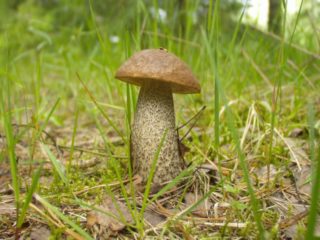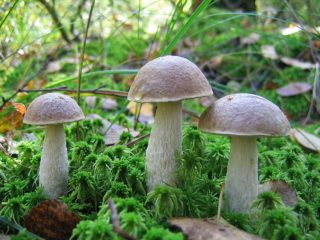Content
The genus Obabok, to which the multicolored boletus belongs, is distinguished by a wide variety of species. Often, the species differences between its representatives are so blurred that it is possible to distinguish one version of boletus from another only after special analysis. However, this is usually not required since they are all edible.
Where does the multi-colored boletus grow
The main growth area of the boletus is spread over the temperate regions of the European part of Russia, as well as the Urals, Siberia and the Far East. The fungus prefers moist soils, often grows in swampy areas, on hummocks and hills, often in moss. Usually occurs from June to October, in deciduous, rarely mixed forests, forming mycorrhiza with birch.
The boletus grows usually in single specimens, although small groups are sometimes found.
What does a multicolored boletus look like?
Often, when going into the forest, many mushroom pickers do not even think about the fact that boletus mushrooms can differ from each other and consider them to be one species. However, it is not. You can distinguish the multicolored boletus from the rest of the boletus by the following features:
- Hat... In a young mushroom, it is semicircular, dense, velvety to the touch, slippery in wet weather. The color of the upper skin is dirty gray, the color is uneven-spotted, dashed, reminiscent of marble. As the fruiting body grows, the edges of the cap rise, the shape becomes more and more cushion-like, and the structure becomes soft and loose. The spore-bearing layer is tubular, whitish, light gray or light beige, with age it takes on a brown tint. Usually the cap reaches 10-12 cm in diameter.
- Leg... Smooth, cylindrical or slightly conical with an extension towards the base, may bend or tilt with age. It grows under normal conditions up to 10-12 cm in length and up to 3 cm in diameter, in the case of a fungus growing on mossy areas, it can grow longer. The structure is longitudinally fibrous, dense and dry in young specimens, watery in old limbs. The flesh of the leg is white, the surface is covered with numerous small brown or black scales.
Is it possible to eat multicolored boletus
Boletus is a category II edible mushroom. It includes species with good taste and high nutritional value. You can eat colorful boletus even raw, without preliminary soaking and heat treatment.
Benefits and harm to the body
The proteins contained in the fruit bodies of the boletus are almost identical in composition to the proteins of animal origin. Therefore, mushrooms can be considered as an alternative to meat, which will be useful, for example, for vegetarians. The pulp contains calcium and magnesium, B vitamins, niacin and ascorbic acid.However, do not forget that during the growth process, fungi absorb heavy metals and radionuclides. Therefore, they should not be collected in the following locations.
- Close to busy highways.
- Close to railways.
- In the territories of existing and abandoned industrial zones.
- Near military facilities.
False doubles
It is not entirely correct to talk about false doubles of the boletus of different colors. The term "false" usually means a mushroom similar in description, the use of which in food can cause poisoning. However, in this case, we can only talk about species that can visually be confused with this obabok. There are practically no poisonous and inedible ones among them, therefore, incorrect identification of the type of mushroom during collection will not lead to any serious negative consequences.
All other types of boletus boletus belong to mushrooms that visually look like multicolored mushrooms:
- White;
- Swamp;
- Harsh;
- Ordinary.
Gall fungus (bitterness) can also be attributed to false doubles. It is about the same in size, while its leg is fleshy, and the cap has a brown color of various shades and a pinkish (dirty pink in old mushrooms) tubular layer.
The main difference between bitter gourd is its pungent bitter taste, which only intensifies during heat treatment. This mushroom is not poisonous, but it is impossible to eat it. It is enough to break off a piece of the mushroom and taste the flesh with the tip of your tongue to accurately determine whether it is boletus or bitterness.
Use
You can eat colorful boletus in any form, it is safe. Most often, these mushrooms are used for boiling and subsequent frying for consumption with potatoes. Boletus boletus can be dried and frozen, pickled.
Obabki are used for making mushroom soup, filling for pies, sauce, mushroom caviar. A short video on how to pickle boletus boletus:
Conclusion
Boletus is one of the most common mushrooms in Russia. Rarely a trip to the forest is complete without a close acquaintance with this obabk or its closest relatives from the same clan. The mushroom is well suited for preparing many different dishes and is a welcome trophy for many mushroom pickers.
